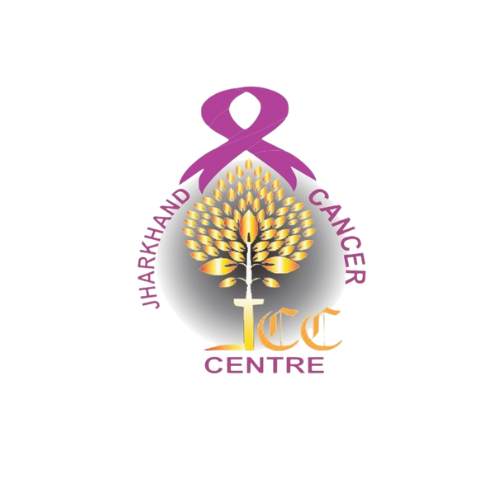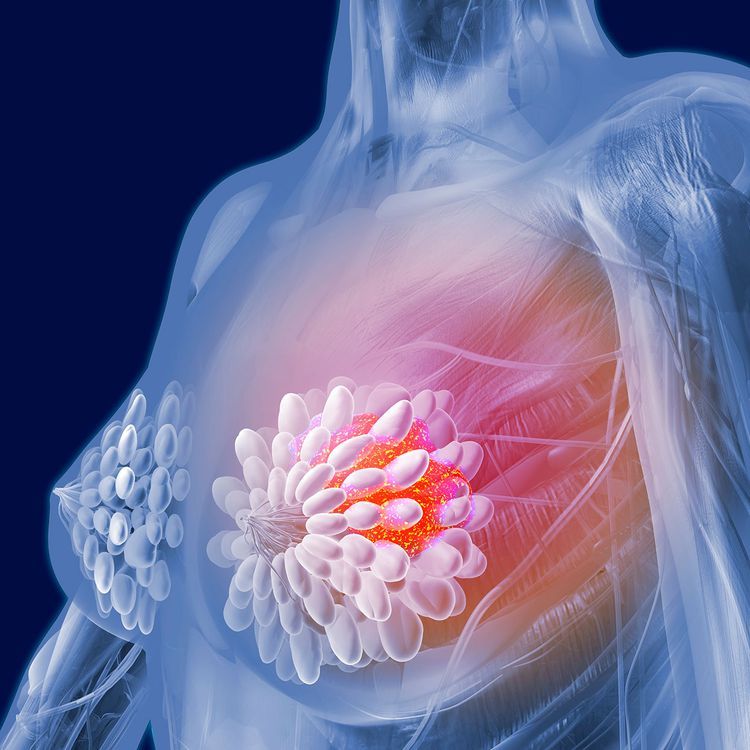What is breast cancer?
Breast cancer occurs when some cells in the breast grow and multiply in an uncontrolled way. Over time, these cells may form a lump (tumor) and can sometimes spread to nearby tissues or other parts of the body. Most people do well when the cancer is found early and treated by a dedicated, multidisciplinary team.
Common signs & symptoms
Watch out for a new lump or area of thickening in the breast or underarm, changes in the size or shape of the breast, skin dimpling, redness or scaling, nipple turning inward, or unusual nipple discharge (not breast milk). These changes don’t always mean cancer—but they are signals to book a medical check-up promptly.
Screening & early detection
Being familiar with your normal breast look and feel helps you notice changes early. Your doctor may recommend a clinical breast exam at regular intervals and a screening mammogram based on your age and risk factors. Following the hospital’s screening schedule is one of the simplest ways to catch problems early, when treatment works best.
How is it diagnosed?
Diagnosis usually starts with a clinical examination and imaging—such as mammography or ultrasound. If something suspicious is seen, a core needle biopsy is performed to confirm the diagnosis and understand the type of cells involved. The next step is “staging,” where your care team determines how advanced the cancer is to plan the most effective treatment.
Treatment overview
Treatment is individualized. Depending on the stage and biology of the tumor, options may include surgery (breast-conserving surgery or mastectomy), systemic therapies (chemotherapy, hormonal therapy, targeted therapy), and radiation therapy. Supportive care— including pain management, nutrition, physiotherapy, and psychosocial support—helps you stay strong through treatment and recovery.
Living well during & after treatment
Many people continue daily activities with some adjustments. Eating a balanced diet, staying active as advised, and keeping up with follow-up visits are important. Do not hesitate to discuss side effects or concerns with your team—small changes in the care plan can make a big difference in comfort and recovery.

